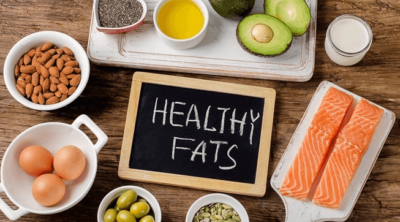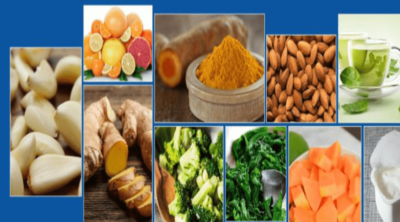
Red pepper is a variety of capsicum, commonly referred to as bell pepper or sweet pepper. It’s a popular vegetable and can be cooked in a variety of different ways. It can also be eaten raw, as a snack, or added to salads.
There are various types of peppers, of which red pepper is large, bell-shaped, and tastes slightly sweet, with an undertone of pungency, similar in taste to its yellow cousin. Red peppers are also good additions to pilafs, soups, and stir fries, and are high in nutritional value, making them healthy supplements to any meal. An added benefit is the low number of calories present, and a host of other essential vitamins and minerals that they contain.
Red Pepper Nutrition Facts
Apart from its low calorific value, shown in the table that follows, red pepper has a number of health benefits. It is one of the best known sources of vitamin C, and also provides appreciable quantities of vitamin A and K. Rich in antioxidants, these power-packed vegetables help in neutralizing free radicals that can cause cell damage, raise cholesterol, and thereby increase risk of atherosclerosis and cardiovascular disease. Antioxidants are also anti-aging, and keep the skin looking young and healthy. Apart from this, red peppers also contain carotenoids, including lycopene, responsible for the bright red color and integral for the bio-synthesis of beta carotene. Some studies indicate that consuming vegetables that contain lycopene may reduce the risk of developing some types of cancers―prostate, cervical, and pancreatic cancer, in particular.
| Nutrient | Quantity | % Daily Value |
| Calories | – | 30 |
| Total Fat | 0 | 0% |
| Cholesterol | 0 | 0% |
| Sodium | 0 | 0% |
| Potassium | 210 mg | 6% |
| Total Carbohydrates | 8 g | 3% |
| Protein | 1 g | 2% |
| Vitamin A | – | 140% |
| Vitamin C | – | 380% |
| Iron | – | 4% |
Red pepper can be consumed in a number of ways―one of the popular versions is to roast it for use as a base for soup recipes, to flavor side dishes such as mashed potatoes, and also as a tasteful option to the crunchiness of the raw vegetable when added to salads, or as an accompaniment to grilled meat. The calories in roasted red pepper remain the same as the raw version, provided they are dry roasted, without any accompanying oil, which makes it a low fat option to include in any balanced diet. Red peppers can also be stuffed once the seeds and inner fleshy pith have been removed. Flavored rice, mixed vegetables, and minced meat are all good stuffing options. Some can be pungent, because of the presence of a compound called capsaicin (methyl vanillyl nonenamide), which gives rise to a tingly, burning sensation in the mouth, often associated with spice or chillies. Since much of capsaicin is included in the white pith that surrounds the seeds, and the membranous flesh inside the cavity, their removal often takes care of any unwanted heat.
Possibly owing to their versatility, red peppers are a simple way to up the health quotient of any diet. Available all year round, they are bright, colorful, and best of all, great tasting.

